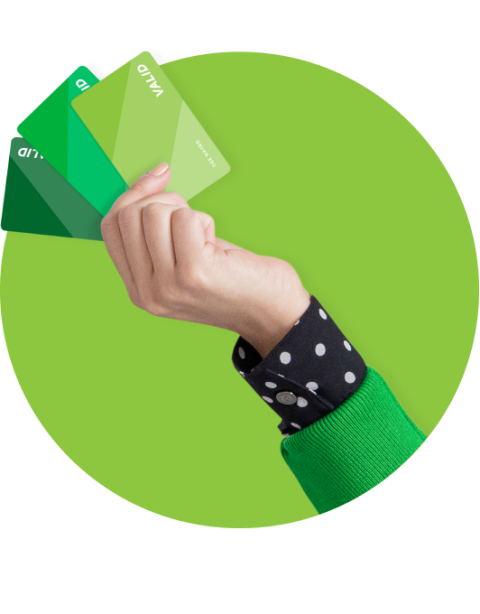What Is Credit Cycling, and Should You Do It?

Many or all of the products featured here are from our partners who compensate us. This influences which products we write about and where and how the product appears on a page. However, this does not influence our evaluations. Our opinions are our own. Here is a list of our partners and here's how we make money.
Credit cycling is the practice of charging your credit card to its limit, paying the balance down, then charging more within the same billing cycle. There are legitimate reasons to cycle your credit, but there are risks, too.
Here’s what to know.
Credit cycling explained
Credit cycling may be best understood with an example.
Let’s say the limit on your credit card is $1,000.
At the beginning of the month, you buy new tires that cost $998. That means the available credit left on your card is $2. But a few days later, you pay off the $998 balance and now have the $1,000 credit line available again. A few days later, you charge $1,000 in home repairs on the same credit card.
In the span of a single billing cycle, you put nearly $2,000 worth of expenses on your credit card, even though your credit limit was half that amount. Thus, credit cycling is a strategy for increasing your spending power without requesting a credit line increase from the issuer.
Making multiple payments during a billing cycle isn't necessarily the same as credit cycling. Paying down your card more than once per month can come with helpful benefits for some cardholders. It's only credit cycling when you charge more than your credit limit in a billing cycle.

Benefits of credit cycling
Credit cycling can be a useful strategy to achieve a number of goals, and it might even be necessary in certain financial situations.
Maybe you have a major expense like a doctor’s bill that you have to pay, and it’s more than your credit limit. You could cycle your credit and pay the bill in increments until the debt is zeroed out.
You might also have a low credit limit, say $200. Credit cycling would enable you to pay for essentials throughout the month that you otherwise wouldn’t be able to afford because of the small credit line.
Credit cycling can also help you cash in on a card’s sign-up bonus more quickly. For example, if your credit limit is $500 but the spending requirement to get the bonus is $1,000, you could get the welcome offer after one billing cycle by credit cycling rather than two.
Rewards optimizers might also cycle their credit to earn more points, miles or cash back. Consider the impact of credit cycling with a 2% flat-rate cash back card and a $1,000 credit limit. By cycling the full $1,000 limit once a month, you would end up with $40 in cash back, effectively doubling the monthly rewards you could earn with that card.
Drawbacks of credit cycling
If you’re cycling your credit, be aware of its potential consequences.
Issuers assign cardholders a certain credit limit based on income and payment history, among other factors. The issuer takes a risk in issuing you credit, and the credit line they assign you is based on the amount of risk they're willing to take with your account.
Since credit cycling allows you to spend beyond your assigned credit limit, this behavior may make some issuers uncomfortable, and they could take actions including closing the account to avoid losses on their end.
Credit cycling could also have a negative impact on your credit scores, depending on when the card issuer reports to the credit bureaus. One of the factors in determining credit scores is credit utilization, or the amount of credit you’re using relative to total available credit. The lower your utilization rate the better. If you don't pay the balance back down and your statement closes when your card is maxed out, your credit scores could drop.
Card issuers generally send reports to the credit bureaus every month on your credit card statement closing date. If you want to avoid having high credit utilization, pay your card down before that date.
Alternatives to credit cycling
At its core, credit cycling artificially increases your credit limit. However, there are other ways to get more spending power.
Request a credit line increase for one or more cards.
Get another credit card.
Move credit limits between cards. This strategy will work only if the cards are from the same issuer. Still, it can be a relatively easy way to get a bigger credit limit on a card that you use more often.
Find the right credit card for you.
Whether you want to pay less interest or earn more rewards, the right card's out there. Just answer a few questions and we'll narrow the search for you.


